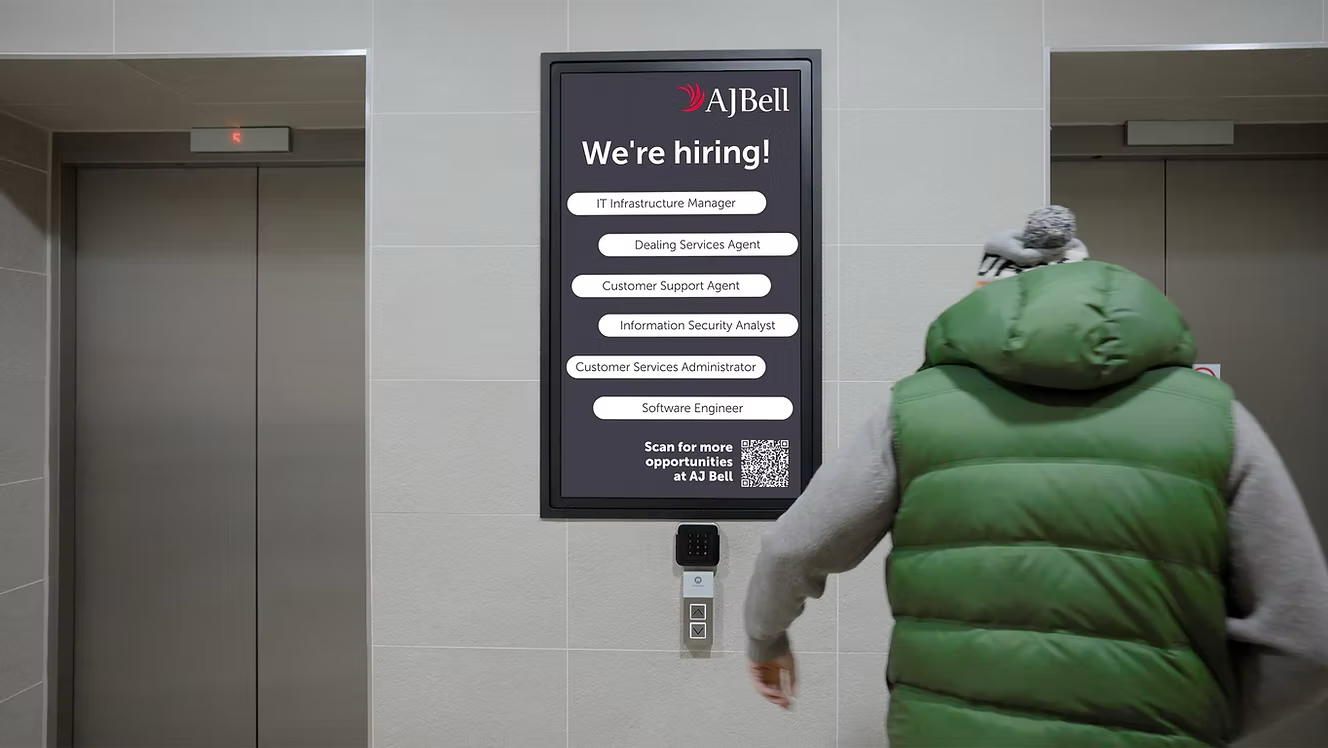4 reasons you should be using a convertible workstation
Want to transform your creative process? Here’s how a convertible workstation can help.
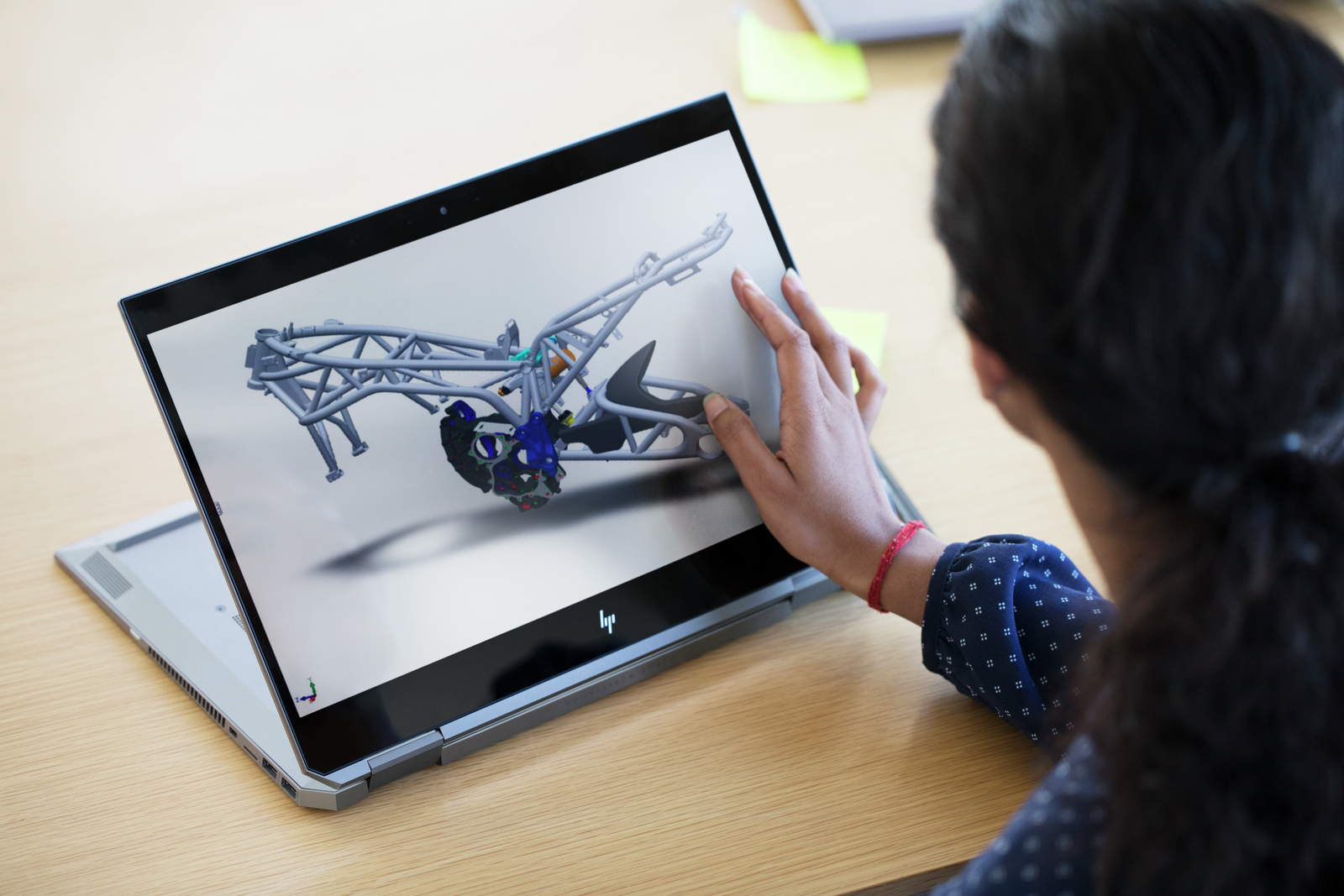
If you’re making creative work digitally, you’re going to want to have as much computing power behind you as possible. And while PC and tablet devices each have their own unique strengths, a convertible workstation like HP’s ZBook Studio X360 offers the best of both worlds and delivers a better pro-grade performance.
Not familiar with convertible machines? They’re flexible devices that can be adapted to work in several ways, and for workstations that includes laptop and tablet modes. No matter how you use them, workstations are high-performance computers designed and optimised for specific tasks such as video editing or computer-aided design.
A workstation is also more powerful than a conventional PC, and can easily handle animation, data analysis, photorealistic renderings, and audio and video editing. Its strong internal workings are held to a higher standard than PC parts, and with ECC memory and RAID data storage, creators don’t have to worry about data corruption that could potentially set them back hours or even days.
So if you’ve been looking for a new device to reimagine your workflow and open up new artistic opportunities, here are four reasons why a convertible workstation could help you achieve just that.
01. Flexible position modes
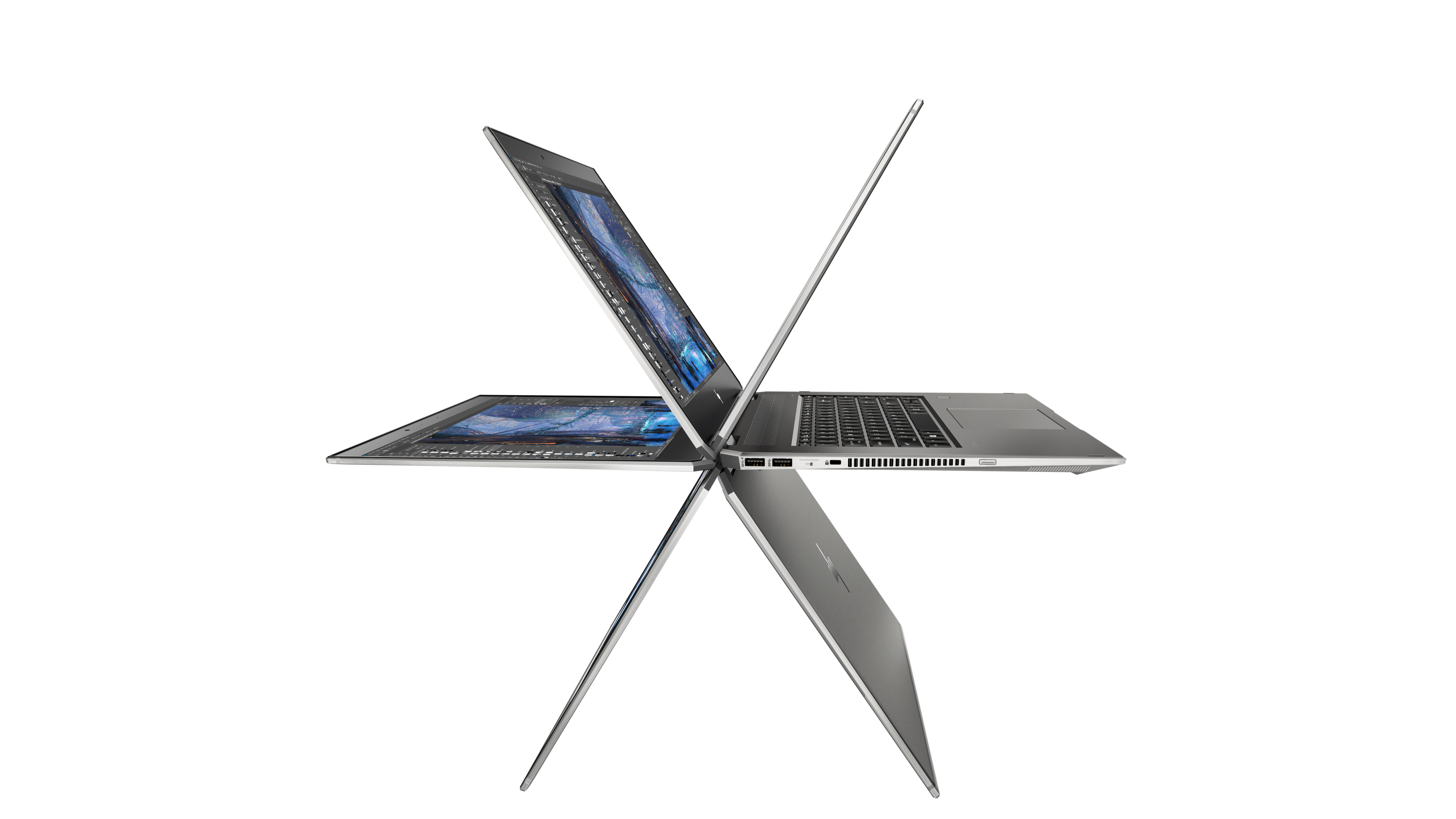
One of the biggest selling points of any convertible workstation is multiple positioning modes. By changing between different setups, your convertible workstation can meet all of the demands that life as a freelance or in-house creative can throw at it.
HP’s ZBook Studio X360 is a perfect example of how a convertible workstation can fit your many needs. Its precision-crafted versatility means that it can adopt five modes, each with their own use.
Take the laptop mode, which, as its name suggests, sees the device resemble a laptop computer. This is the ideal mode for creators who need to write notes and handle big projects.
If you need to display your design work for sharing and collaboration, this is where the stand and tent modes come into play. Making the most of the HP’s ZBook Studio X360's 360-degree hinge, these modes see the screen fold up and become a clear, vertical display.
Creatives looking to sketch and design on the go should use the tablet mode, where the display down flat and the touch screen works with a Wacom AES pen. Alternatively, the docked mode lets the HP ZBook Studio X360 connect to multiple displayss – perfect for seeing your work at a larger scale.
02. Superior performance
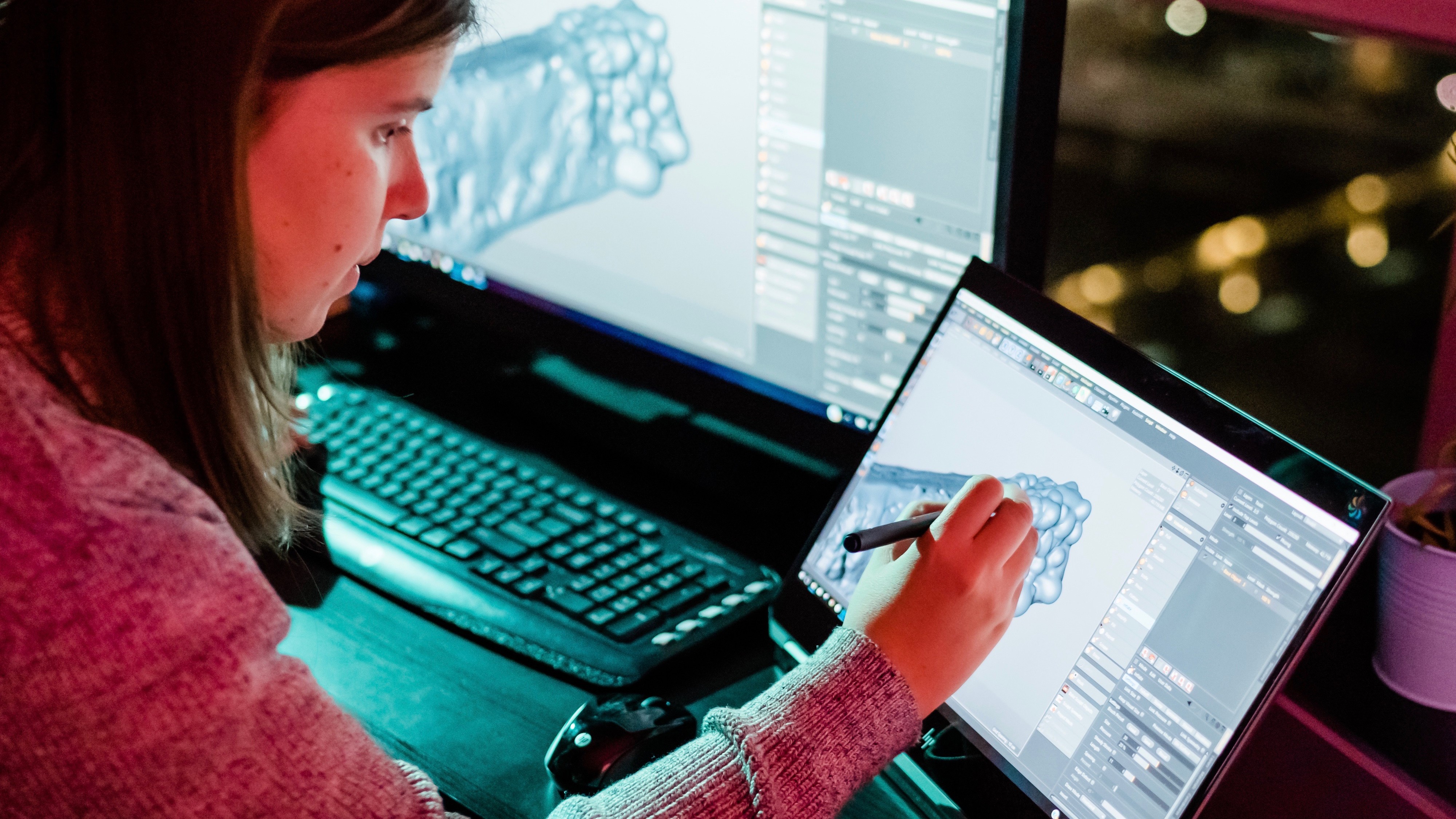
A workstation packs more of a punch than a conventional PC or laptop. Whereas a regular desktop can handle basic tasks such as surfing the web and processing documents, a workstation can do all that and much more.
These surprisingly powerful workhorses can handle heavy-duty tasks such as editing high-res images and rendering without delay, whether you’re in or out of the office. This is a godsend for creatives as it frees them up to take their work with them instead of transferring it to different machines. It also means you can work more productively, and spend more time getting down to the tasks you enjoy.
As for the HP ZBook Studio X360, under the hood you’ll find NVIDIA graphics and Intel Xeon processors. In other words, if you’re after a device that can tackle heavy workloads and work comfortably with professional software apps, this is the workstation for you.
03. Better durability
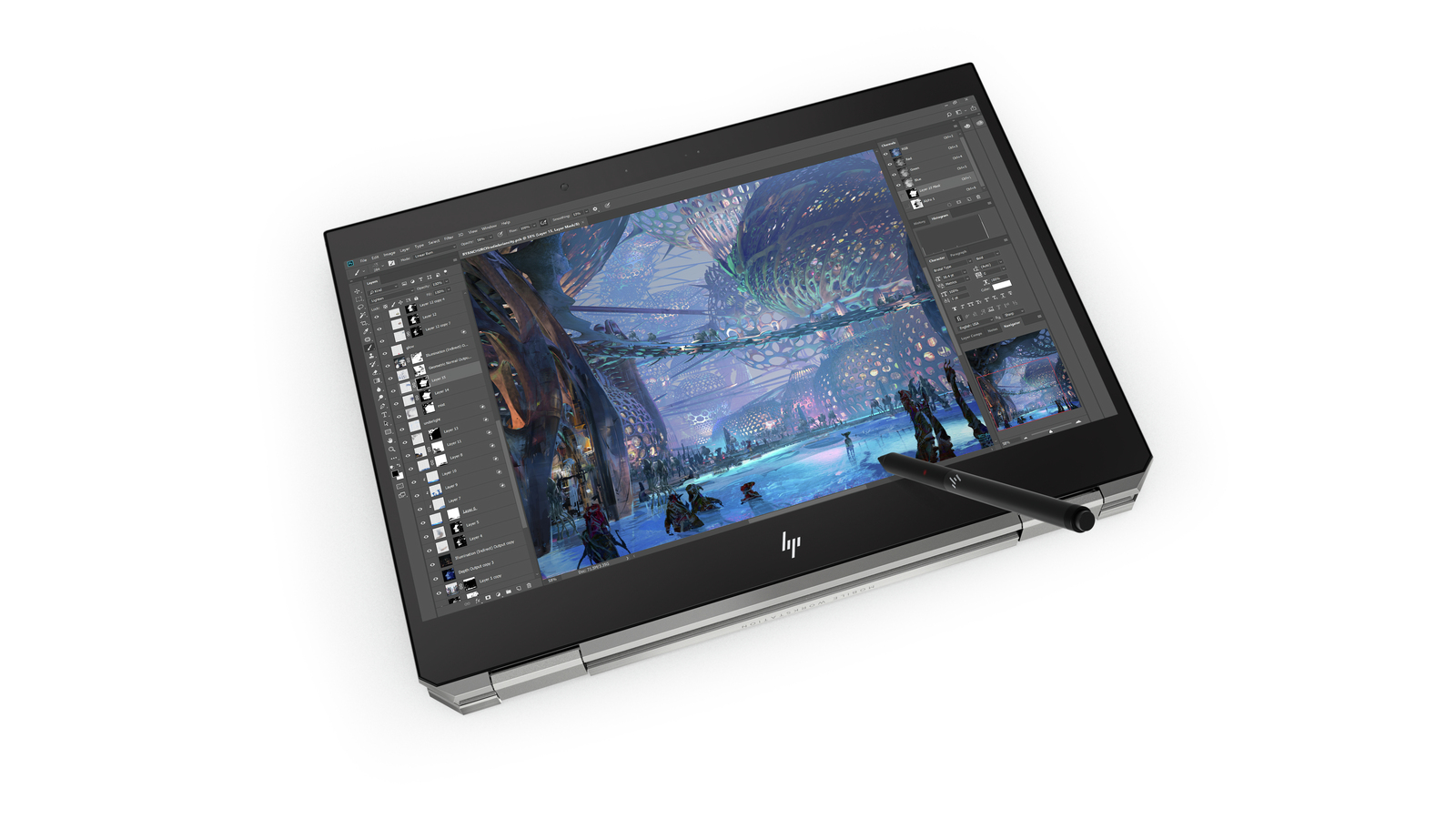
Unlike most desktops and tablets, a workstation is built to last. That’s because manufacturers are aware that these devices are going to be put through their paces on a daily basis.
The inner workings of a workstation, including the motherboard, internal drives and video cards, are held to a higher standard to ensure that they can keep up with taxing creative projects. They are also capable of running overnight to help render models or process large amounts of data.
To keep your work and your machine safe, the HP ZBook Studio X360 also boasts industry leading safety features, making it HP’s most secure workstation. These include fingerprint sensors, facial recognition, and HP Sure View that activates a security screen at the touch of a button.
This device has also passed 14 rigorous military-standard tests for shock, drop, dust and temperature extremes to ensure that it still delivers an uninterrupted performance, even in the harshest of environments.
04. Customisable specifications

Considering that workstations are powerhouses that can handle more complicated tasks than most regular devices, it’s no surprise to learn that they cost a bit more too. Prices can start in the thousand dollar-area and rise from there dramatically.
The good news though is that convertible workstations can be tailored to fit your needs and budget. If you want to run digital art software, you can configure your workstation with that in mind. And if you need to work on larger projects, larger memory options are available.
Outside of these optional tiered upgrades, customisations can be built by the likes of HP in a matter of weeks. This gives artists and designers the chance to build a device with specifications geared towards their work.
Ultimately, convertible workstations offer artists and designers more powerful and intuitive ways to get creative. Flexible both inside and out, they boast game-changing technology that can last you for years.
Daily design news, reviews, how-tos and more, as picked by the editors.

Dom Carter is a freelance writer who specialises in art and design. Formerly a staff writer for Creative Bloq, his work has also appeared on Creative Boom and in the pages of ImagineFX, Computer Arts, 3D World, and .net. He has been a D&AD New Blood judge, and has a particular interest in picture books.
